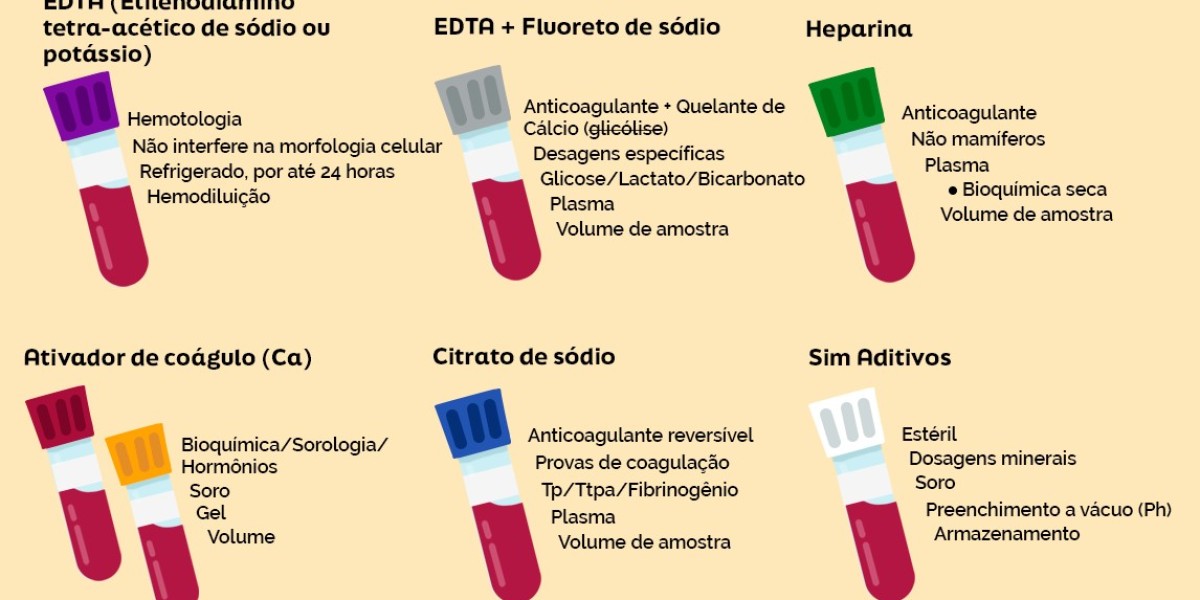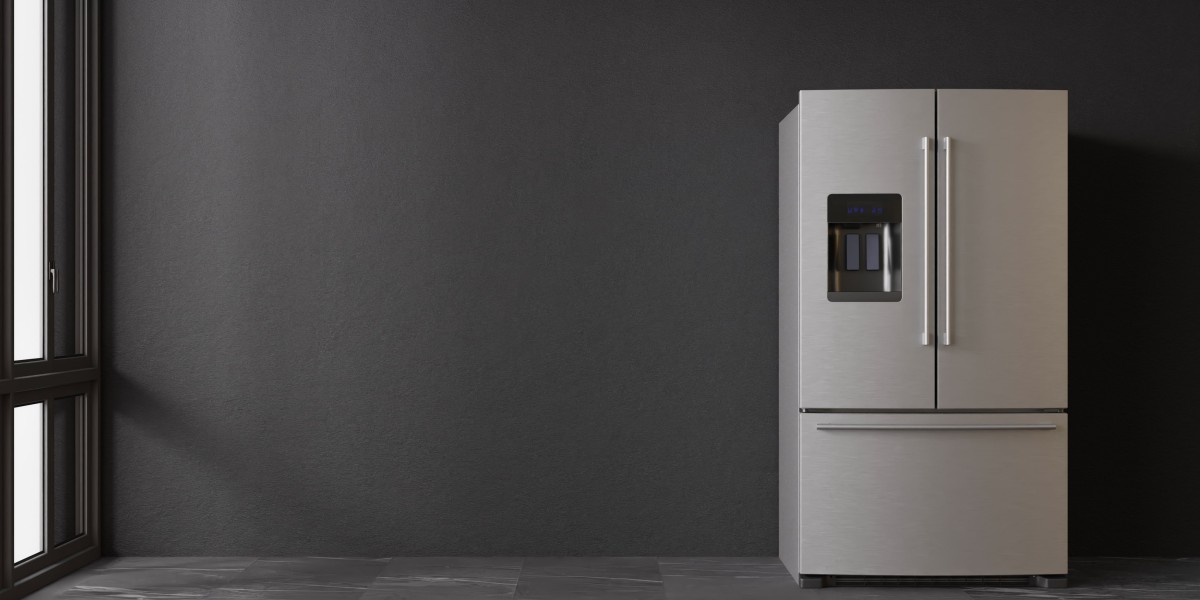Es conveniente que el paciente asista acompañado por un familiar o amigo puesto que en ocasiones es necesario regentar un sedante para llevar a cabo la prueba. Si tiene dentadura postiza va a deber quitársela en el instante de efectuar la prueba. Comprender la experiencia del tolerante y los niveles de comodidad con cada prueba es esencial para quienes se someten a estos procedimientos. Introduzca sus datos y los de la persona a la que desea mandar esta página ahora y le remitiremos el link por correo. En muy pocas ocasiones, puede ser preciso un examen mucho más invasivo, que usa sondas de ecocardiografía destacables. La ecocardiografía asimismo puede proveer información sobre las arterias. Hoy en día, los contrastes que se usan se gestionan por vía venosa y han demostrado su seguridad en las condiciones de empleo establecidas.
Dolor en el pecho del lado derecho: 10 causas y qué hacer
Si se genera una reacción, suele ocurrir inmediatamente, mientras aún estás en la sala de pruebas. El paciente no debe consumir alimentos sólidos en las horas previas al estudio. El médico que solicita la prueba le señalará si debe tomar la medicación habitual o si debe ser suspendida previamente a la realización del test (comunmente si está tomando régimen con betabloqueantes es necesario suspenderlo de 1-3 días antes de la prueba). Para la visualización del corazón se colocará el transductor sobre el pecho del paciente, normalmente sobre el lado izquierdo. Lo habitual después de un infarto es realizar electrocardiograma, ecocardiograma y analíticas de sangre. Tanto los ecocardiogramas como los electrocardiogramas pueden usarse para la monitorización continua del corazón, pero cada uno de ellos sirve para objetivos distintos a lo largo del tiempo.
 Las radiografías son un componente vital en el precaución de la salud de tu perro, permitiendo a los veterinarios hacer un diagnostico condiciones que de otra manera serían invisibles. Dependiendo de si se requiere una radiografía fácil o una doble, el costo puede cambiar relevantemente. Hoy día trabaja en el Hospital veterinario VetVida y es la responsable del diagnóstico por imagen, anestesia y endoscopia. Qué diferencia hay y qué número debo poner en función del género de tolerante. Después seguiremos hablando de las distintas técnicas de diagnóstico por imagen que existen aparte de la más conocida, la radiografía.
Las radiografías son un componente vital en el precaución de la salud de tu perro, permitiendo a los veterinarios hacer un diagnostico condiciones que de otra manera serían invisibles. Dependiendo de si se requiere una radiografía fácil o una doble, el costo puede cambiar relevantemente. Hoy día trabaja en el Hospital veterinario VetVida y es la responsable del diagnóstico por imagen, anestesia y endoscopia. Qué diferencia hay y qué número debo poner en función del género de tolerante. Después seguiremos hablando de las distintas técnicas de diagnóstico por imagen que existen aparte de la más conocida, la radiografía.Os desafios diagnósticos de animais silvestres e como a Imagem.vet pode ajudar
En ambos sistemas, la salida eléctrica laboratorio de Exames animais cada uno de los elementos detectores es proporcional al número de rayos X que influyen en el elemento detector y es matemáticamente cuantificable, de ahí el término "imágenes digitales". En ambos sistemas, los datos producidos son procesados por un ordenador, que genera la imagen en un monitor según un algoritmo de procesamiento antes preciso y específico para la zona radiografiada. Los algoritmos de procesamiento son escenciales para el desarrollo de imágenes de diagnóstico. En varios sistemas de visualización, el algoritmo puede alterarse para progresar diversas características de la imagen. Las imágenes digitales se guardan electrónicamente y están libres para cualquier computador con acceso a ficheros de imágenes y un conveniente programa de visualización.
He has a ardour for instructing, is the editor of Cardiology for Veterinary Technicians and Nurses, and has written over a dozen peer-reviewed articles. The whole take a look at will simply take a few minutes and your pet won’t feel any pain in any respect. Once the results are generated, your vet will analyze the outcomes and focus on them with you. If there are particular issues about the results, you may be referred to a veterinary cardiologist for more tests and coverings. An ECG is never performed whereas your pet is sedated or underneath common anesthesia except used particularly for monitoring during these procedures.
Using the ECG to Calculate Heart Rate
In animals with persistent left coronary heart failure, the left atrium is often severely and all the time at least reasonably enlarged. In acute left coronary heart failure (eg, rupture of the chordae tendineae), the left atrium will not be enlarged. Pleural effusion can often be readily recognized radiographically. In canine, pleural effusion happens with proper or biventricular coronary heart failure.
Para el trámite, el animal se coloca en una cámara electromagnética tubular y se pulsa con ondas de radio, haciendo que los tejidos del organismo emitan ondas de radiofrecuencia que se pueden detectar.
The Labrador breeds had been exhibiting greater heart fee in this examine than the earlier report [8]. The coronary heart fee of Mongrels was throughout the range as reported by Schneider et al. [15]. The variability in the heart rates has been studied earlier among completely different breeds similar to Doberman [16], Spaniels [17], and Beagles [18], each in clinically healthy and diseased model. However, many of the research thought of a single breed rather than comparing totally different breeds of canines. In one of our earlier investigations [9], we compared the center rates in trained Labrador, German Shepherd, and Golden Retriever canine used in police canine squad. In comparison with these data with the current investigation, it was depicted that educated canine exhibited lower coronary heart charges compared to normal canines of the same breeds. In a related research, Doxey and Boswood [19] in contrast GSD, Labrador, Cocker Spaniels, Boxer, Bulldog, and Cavalier King Charles spaniels for coronary heart rate variation and located no significant differences among breeds.
Related content
This can be an effective way so that you just can monitor the event or development of congestive coronary heart failure in canine with heart disease. The P wave indicates atrial depolarization, the QRS complex signifies ventricular depolarization, and the T wave indicates ventricular repolarization. This tracing demonstrates a standard optimistic P wave, a adverse Q wave, constructive R wave, and no distinct S wave on this lead (which is taken into account a normal variation). The T wave of the canine may be constructive, negative, or diphasic (both unfavorable and positive) as seen right here; these are all thought of regular. The waveforms produced during an ECG recording are reflective of particular parts of the heart’s electrical exercise. The ECG supplies data pertaining only to the electrical, not the mechanical, activity of the center. An ECG will present the knowledge necessary to calculate heart rate (HR) and decide coronary heart rhythm with the patient in any position.
An Important Diagnostic Tool
However, under normal circumstances, pacemaker cells outdoors the sinoatrial (SA) node don't reach threshold as a end result of the depolarization wavefront from the sinus node discharges them earlier than they routinely depolarize. This is as a outcome of pacemaker cells distal to the sinus node, called subsidiary pacemaker cells, have a slower depolarization price than the sinus node. Once the cell has returned to its resting potential it is again excitable (it may be activated again). A Holter monitor is a way of recording electrical impulses from the center for a time frame, similar to 24 hours or over a weekend.
When Are ECGs Done on Dogs?
A vet tech and your veterinarian will place your canine both standing or mendacity on their right side for easy entry to the guts. Conductive materials such as alcohol or a gel are applied to the skin the place the electrodes will clip to help help a strong electrical activity from your dog's heart to the machine. Thin wire cables will lead from each clip to the EKG machine, which is ready to learn the electrical exercise of your dog's heart. A typical electrocardiogram screening takes under two minutes to display with the complete process, from start to finish, under ten minutes. Once the screening is complete, the EKG machine will print out a graph-like form on your veterinarian to interpret and report the results to you. The P-R interval represents atrial depolarization and conduction through the AV node. Prolongation of the P-R interval is termed first-degree AV block.
SECOND-DEGREE ATRIOVENTRICULAR BLOCK








